The Department for Work and Pensions Tackles Shadow IT for More Secure and Efficient Operations.
Shadow IT, Risk, and a Matter of Governance
Until 2015, DWP outsourced most of its IT. This proved difficult as implementation of a new digital service often took 18 – 24 months and many requests were declined due to the cost. Like most other organisations with large staff complements, the DWP had to evolve its operation to deliver the very best service possible. One way this was possible was through the creation of unique applications, each designed to fulfill a specific but critical role.
To optimise operations around financial and time constraints, many DWP staff created ‘Applications’ using Microsoft Office and Visual Basic Analysis (VBA) / Macros. These VBA applications provided simple automation, analytics and interfaces and became widely used across thousands of staff. Over the years, many became mission-critical, rendering DWP staff heavily reliant on these applications to efficiently process and manage benefits.
The volume of applications created internally grew while the importance of maintaining service quality is essential, managing a growing number of applications posed a serious risk.

Modernising Critical Applications
In 2020, DWP implemented a roadmap for VBA exit of applications with the need for an intuitive, quick-to-build low code applications.
UBDS were commissioned to unblock the digital upgrades whilst ensuring business operations and productivity were optimised. UBDS began by examining the DWP’s technology estate. Understanding the critical nature that each user-built VBA application serves and enabling application owners to understand which modern and secure End-User Compute solutions are suitable to their needs.
It became clear that a new approach to managing user-built applications was necessary. We introduced a User Developed Application and Tooling (UDAT) inventory, an approach that would ensure that future VBA application development is controlled and the inventory is maintained.
Part of establishing a more secure ecosystem for application usage and development required testing the DWP’s applications for compatibility with a pre-planned Microsoft 365 rollout which proved successful.
And with Microsoft 365 in place, focus could turn to leveraging Low-Code application development using Microsoft Power Apps. Low-Code applications offer users control and flexibility. It also allows common functionality to be copied and used across multiple solutions, saving time on development. But most importantly, Low-Code offers the ability to build powerful solutions to pressing business needs without the need for specialist coding expertise.
For applications that were no longer in use, UBDS pushed to formally retire them and securely archive the related data. For many applications that were still vital to the Department, UBDS recommended a re-platforming solution to a more secure environment through the proposed Microsoft Power Platform solution including Low-Code and SharePoint Lists.
Through close consultation with the DWP’s IT team, working as an agile, embedded team, UBDS provided a list of 200 UDATs with a recommended roadmap and solution which lead to the successful introduction of 65 Low-Code applications and retirement of 90 legacy VBA applications.

A Welcome Boost in Productivity, Governance, and Skills Transfer
The benefits of going Low-Code delivered significant value to the DWP. With modern applications in place, productivity gains could be realised.
The introduction of the UDAT inventory has controlled the development of VB applications. Application development is only possible if there is a strong business case, and approval is granted through a clearly defined process.
As part of our engagement on this project, we worked closely with developers at the DWP to upskill them to develop Low-Code applications. This initiative involved formal training sessions along with personalised one-to-one support.
Skills transfer allows the DWP’s developer team ownership, giving them greater control of their technology ecosystem.

You might also like these
Explore our success stories and see how UBDS has transformed Cloud Platform challenges into opportunities for organisations like yours.
Looking for
exceptional outcomes?









